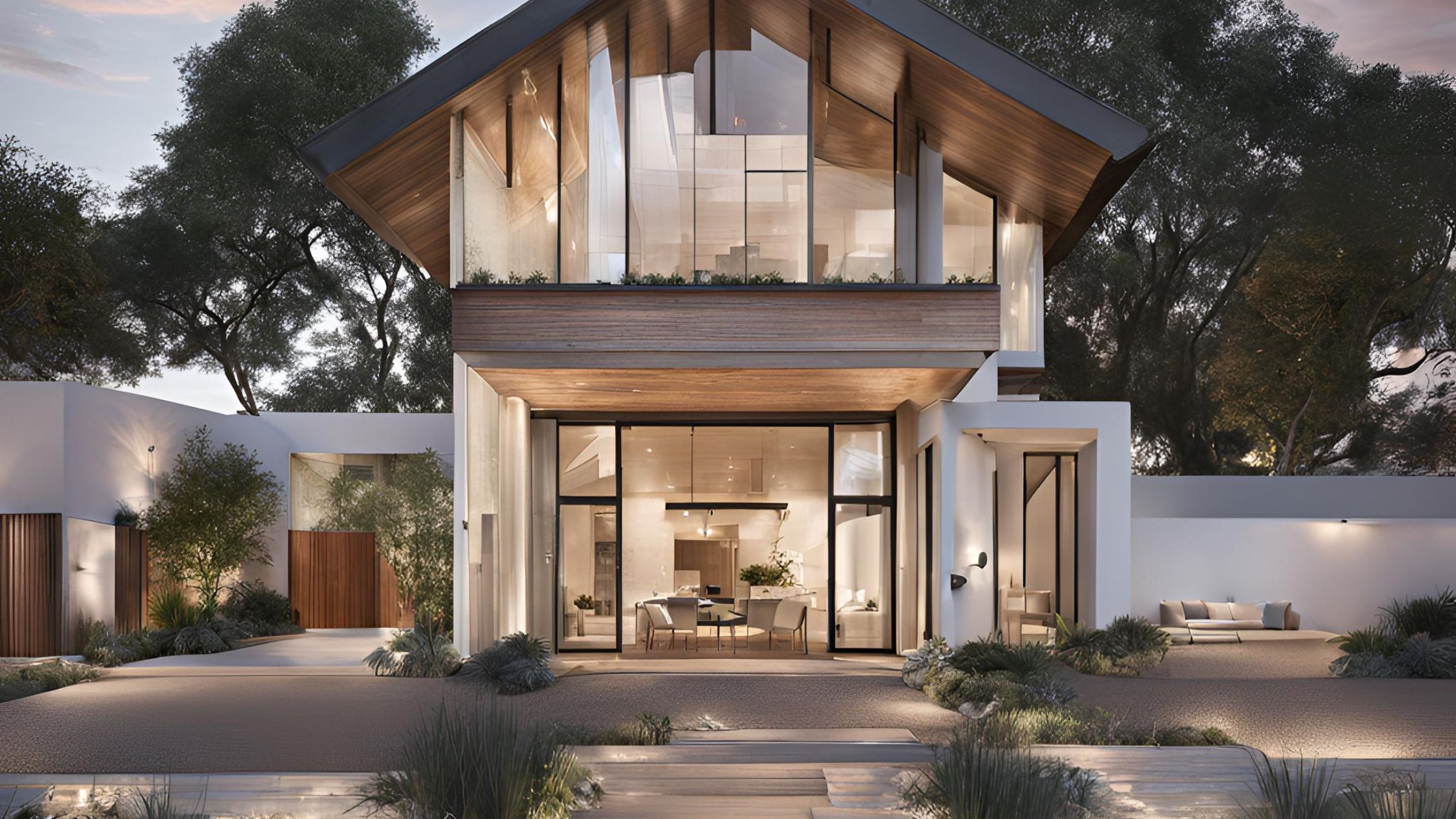How a Villa's Age Impacts Its Living Experience
Read latest blogs and articles from Housystan

The Information mentioned here was last updated on:
28/12/2025How a Villa's Age Impacts Its Living Experience
In the enchanting world of real estate, villas often captivate hearts with their distinct charm and personality. These elegant homes have long been associated with luxury living, offering spacious environments that blend comfort and privacy. But when it comes to choosing a villa, age can significantly impact the living experience. Whether you are contemplating the move to an older villa with historical allure or a newly built property with modern amenities, understanding how a villa's age influences your lifestyle is key.
The Allure of Older Villas
- Verified Tenants/Buyers
- Unlimited Property Listing
- Zero subscription/charges fee
Older villas often carry an undeniable charm that echoes through their storied walls. These residences can offer a glimpse into the past, showcasing architectural styles and materials not commonly found in modern constructs. When considering an older villa, here's what to keep in mind:
1. Unique Architectural Features
- Historic Design Elements: Older villas often boast unique architectural elements such as ornate ceilings, stained glass windows, and intricate woodwork. These features can convey a sense of elegance and craftsmanship.
- Solid Construction: Many older homes were built with robust materials, such as brick or stone, which can contribute to a sturdy and well-insulated home.
2. Mature Landscaping
- Established Gardens: Mature trees and well-tended gardens are hallmarks of older villas. Such natural surroundings can provide shade, privacy, and an enchanting atmosphere that new developments might lack.
- Scenic Views: Since many older villas are situated in well-established neighborhoods, they often offer picturesque views and tranquil surroundings.
3. Cultural and Historical Significance
- Historic Value: An older villa might hold historical significance, potentially increasing its value over time. Living in such a property can be both a privilege and a unique immersive experience.
Older villas can demand more maintenance and upkeep, a factor prospective buyers must ponder. The charm of living in a historically rich environment often comes with the responsibility of preserving its integrity.
The Appeal of New Villas
In contrast, new villas offer a different kind of attraction. They embody the latest in architectural design, building materials, and energy efficiency standards. Let's explore the appealing aspects of new villas:
1. Modern Conveniences
- State-of-the-Art Amenities: New villas often feature top-tier amenities such as smart home technology, open-concept layouts, and high-end appliances.
- Energy Efficiency: Modern construction often meets current energy standards, resulting in lower utility bills and a reduced environmental footprint.
2. Customization and Personalization
- Flexible Design Options: New constructions allow homeowners to personalize finishes and layouts to complement their lifestyle. This flexibility can be a significant draw for those who want to tailor their living space.
3. Low Maintenance
- Minimal Repairs: New villas typically require fewer repairs and maintenance, as they are equipped with fresh materials and systems. This can mean peace of mind and a carefree living experience.
- Warranties and Guarantees: Developers often provide warranties on structural elements and systems, offering added security and protection.
While new villas come with these advantages, they might lack the character and history that older properties offer. Deciding between them depends largely on the homeowner’s priorities and preferences.
Factors to Consider When Choosing Between Old and New Villas
Location
- Neighborhood Dynamics: Older villas may be situated in well-established neighborhoods with rich community ties. In contrast, newer developments could be located in emerging areas with modern infrastructure.
- Accessibility: Evaluate proximity to essential services such as schools, hospitals, and shopping centers. Accessibility can be an asset, regardless of age.
Costs
- Budget Considerations: Initial purchase prices can vary significantly between old and new villas. Potential buyers should factor in the cost of renovations or the premium price of new construction.
- Ongoing Expenses: Consider the potential costs of maintenance and repairs in older villas versus the potentially lower utility expenses in newer homes.
Investment Potential
- Market Trends: Research local market trends to determine which type of villa is more likely to appreciate in value. Historical appreciation rates and demand for certain areas can provide insights for investment-minded buyers.
- Rental Income: If the purchase is intended as an investment property, consider the rental market appeal for both older and newer villas.
Enhancing the Living Experience in Your Chosen Villa
Whether opting for an old-world charm or modern sophistication, enhancing the living experience in your villa can involve various strategies:
Renovation and Remodeling
- Preservation of Original Features: For older villas, focus on restoring original features to maintain the property’s character while updating necessary elements for modern living.
- Modern Upgrades: Integrating modern conveniences such as energy-efficient lighting, smart thermostats, and updated appliances in both older and newer villas can greatly enhance comfort.
Landscape Design
- External Appeal: Investing in landscape design can elevate the villa's appeal. For older villas, maintaining harmony with established plants is key, while new villas may require foundational landscaping.
Sustainable Living
- Eco-Friendly Modifications: Integrating sustainable home improvements can align with an environmentally conscious lifestyle. Solar panels, rainwater harvesting systems, and energy-efficient windows are beneficial additions to any villa.
Exploring how a villa's age impacts living experience reveals intriguing contrasts between tradition and innovation. By considering various factors like architectural features, maintenance requirements, and personal lifestyle preferences, potential homeowners can make informed decisions that best suit their needs and aspirations in the realm of luxurious villa living.